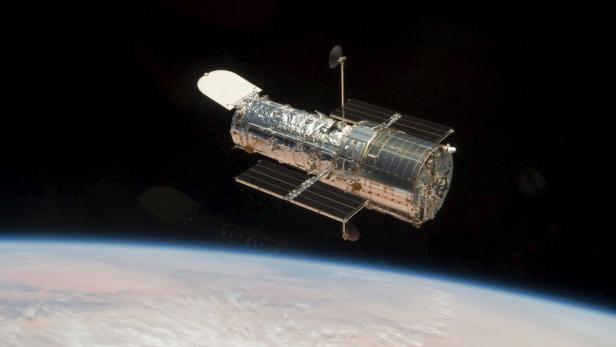
Spektrometer für Hubble-Nachfolger ist fertig
Dieser Artikel ist älter als ein Jahr!
Es soll noch tiefer ins Weltall schauen und Bilder von weit entfernten Himmelskörpern liefern: das neue "Superauge" für den Nachfolger des Weltraumteleskops "Hubble". Das vom Raumfahrtunternehmen Astrium entwickelte, 230 Kilogramm schwere Spektrometer erkennt noch so schwache Infrarotstrahlung. Es macht nicht nur Aufnahmen, sondern analysiert auch die Zusammensetzung der Materie in den Tiefen des Alls. "NIRSpec" kann 100 Galaxien gleichzeitig beobachten. Am Freitag wurde das 160 Millionen Euro teure Superauge vor dem Transport zur NASA in Taufkirchen bei München übergeben.
Astrium-Chef Eric Beranger nannte es eine besondere Herausforderung, das Spektrometer unter Normalbedingungen für den Betrieb in der Schwerelosigkeit und bei minus 235 Grad Celsius zu bauen. "Heute sehen wir unser Baby", sagte Beranger zu NASA-Vertreter Eric Smith, der für das neue Weltraumteleskop "James Webb" zuständig ist. Es soll 2018 ins All gebracht werden.
Kommentare